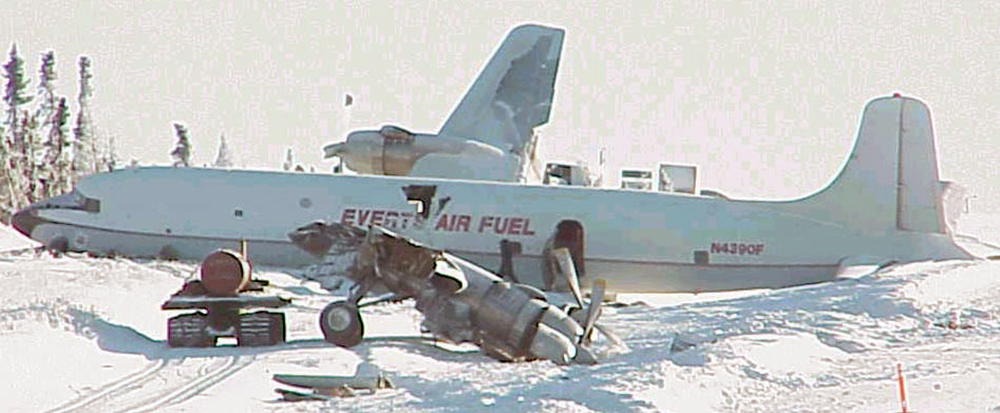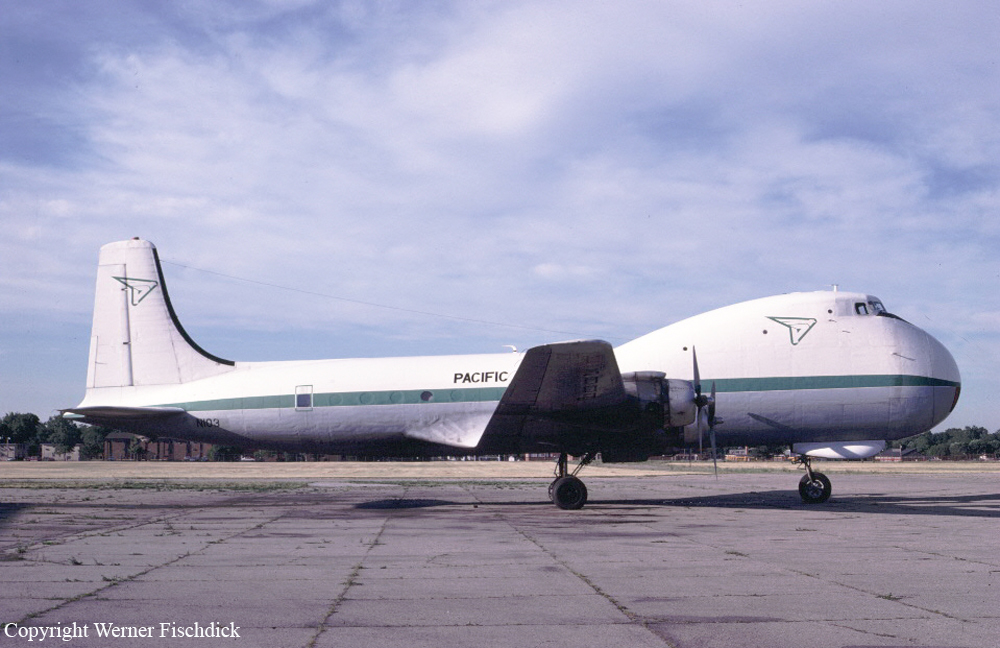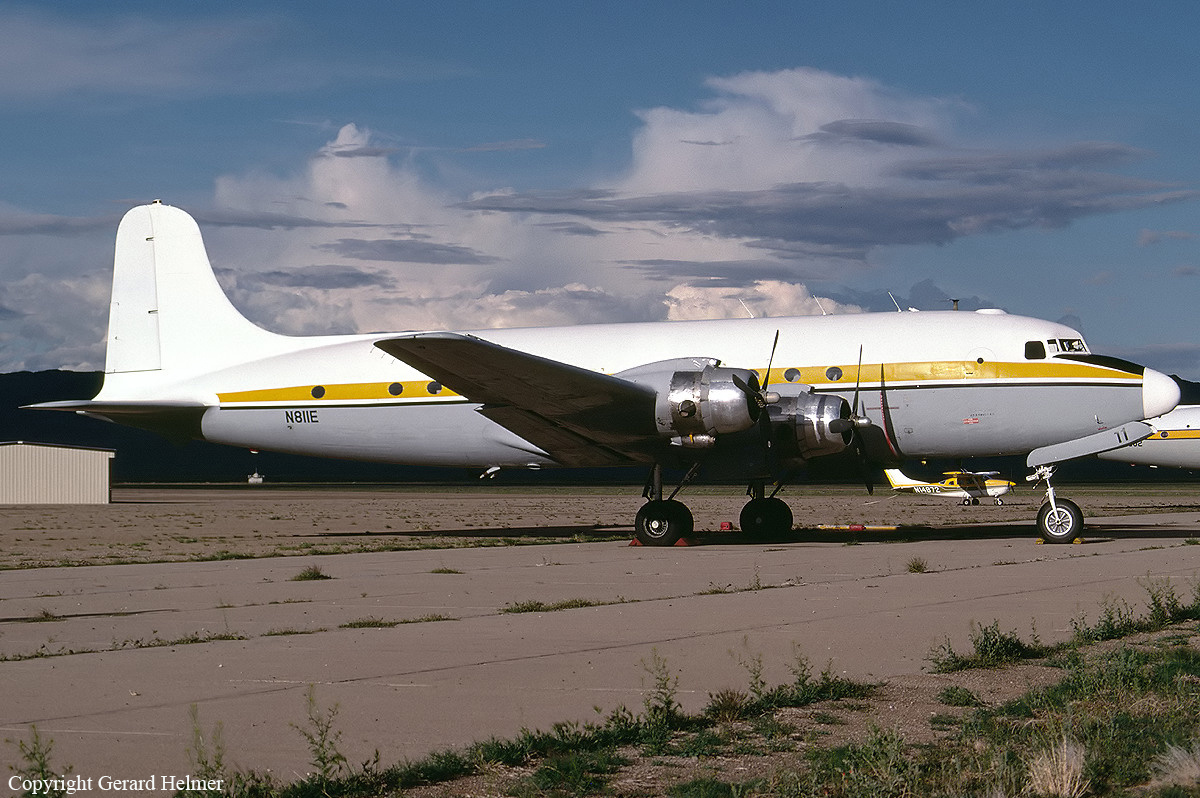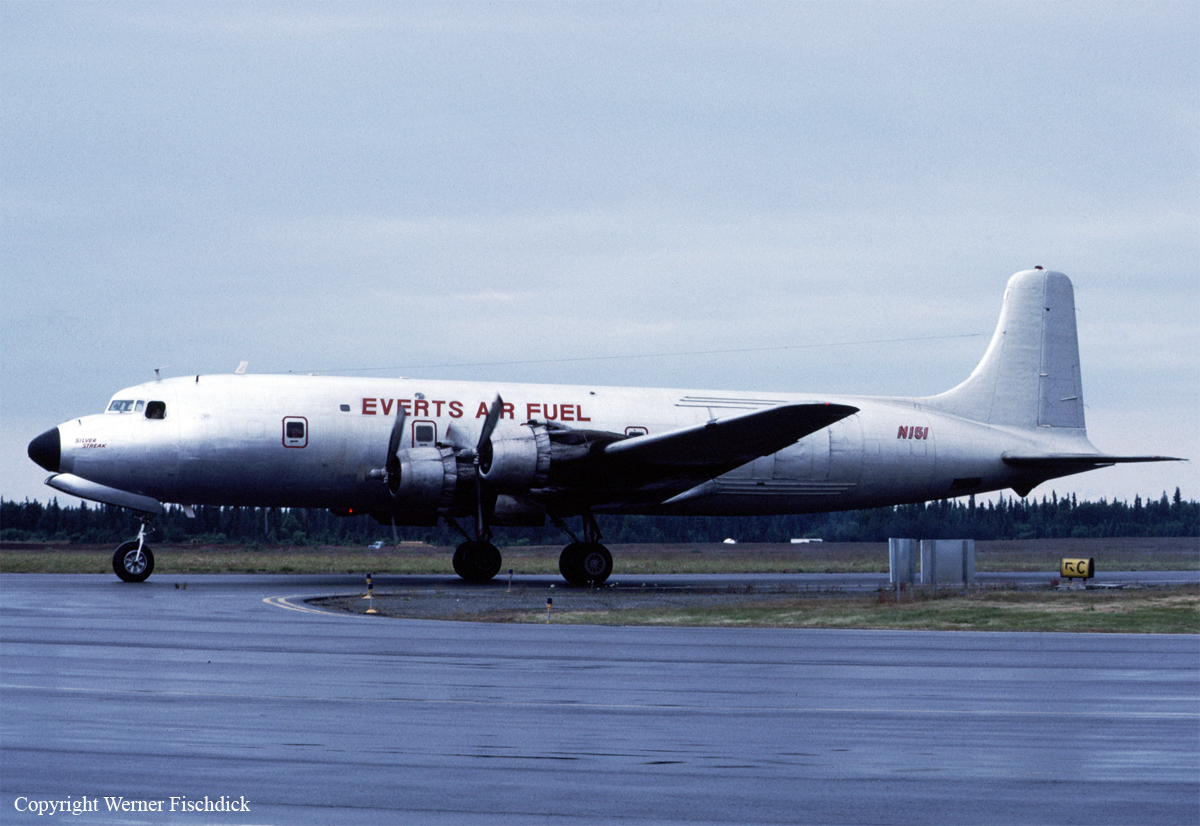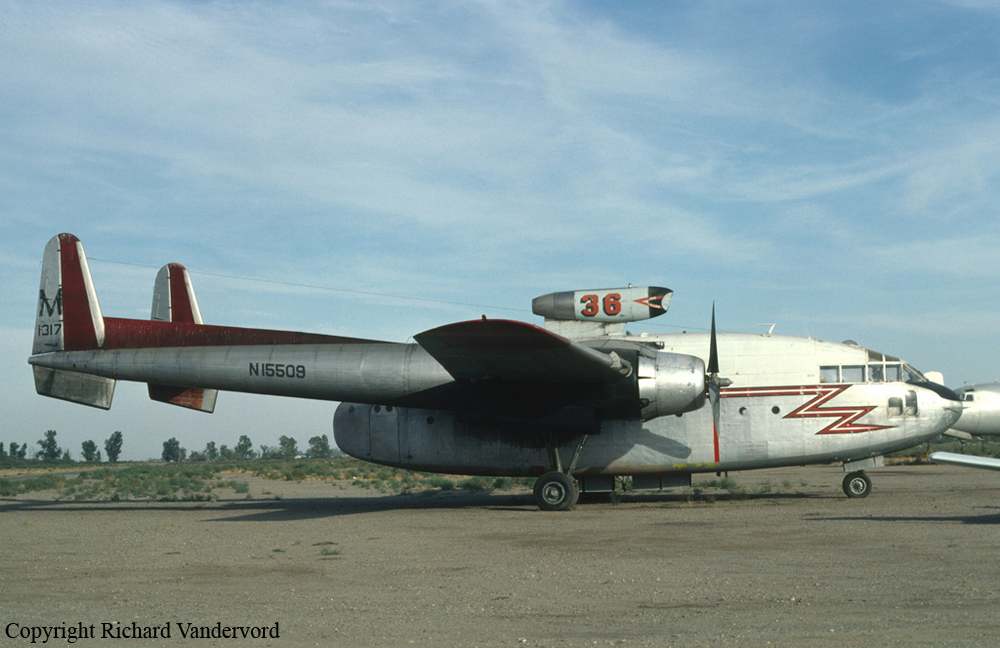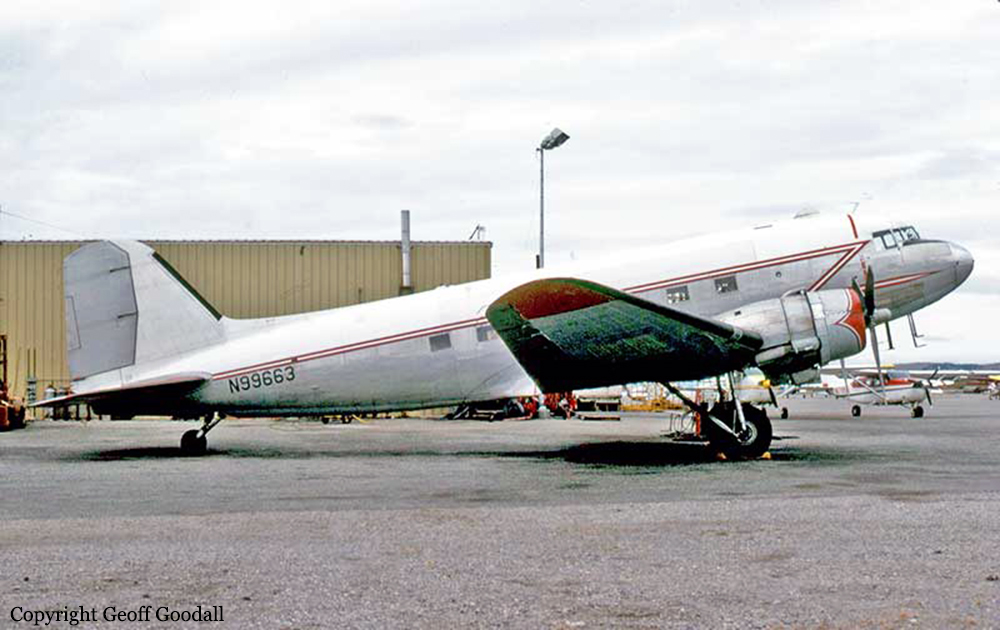Crash of a Douglas DC-6B in Donlin Creek
Date & Time:
Jan 31, 2001 at 1315 LT
Registration:
N4390F
Survivors:
Yes
Schedule:
Fairbanks – Donlin Creek
MSN:
44898
YOM:
1956
Crew on board:
3
Crew fatalities:
Pax on board:
0
Pax fatalities:
Other fatalities:
Total fatalities:
0
Captain / Total hours on type:
8100.00
Aircraft flight hours:
37052
Circumstances:
The certificated airline transport captain related that the purpose of the flight was to deliver about 4,800 gallons of fuel oil to the remote mining site. He said that the 5,400 feet long by 100 feet wide airstrip was situated within hilly, snow-covered terrain. He added that the airstrip has a 7 percent uphill grade. Flat light conditions existed at the airstrip, and light snow showers were present, with visibility reported at 2 miles. The captain stated that during final approach, as the airplane passed over the airstrip threshold, flat light conditions made it very difficult to discern where the airstrip surface was. He said that the initial touchdown was "firm", but was thought to be within acceptable tolerances. Just after touchdown, the left wing broke free from the airplane at the wing to fuselage attach point. The airplane veered to the left, and off the left side of the runway. The captain said that the airplane's computed landing weight was 92,260 pounds.
Probable cause:
The flight crew's misjudged flare while landing. Factors associated with the accident were flat light conditions, snow-covered terrain, and an uphill runway grade.
Final Report:

